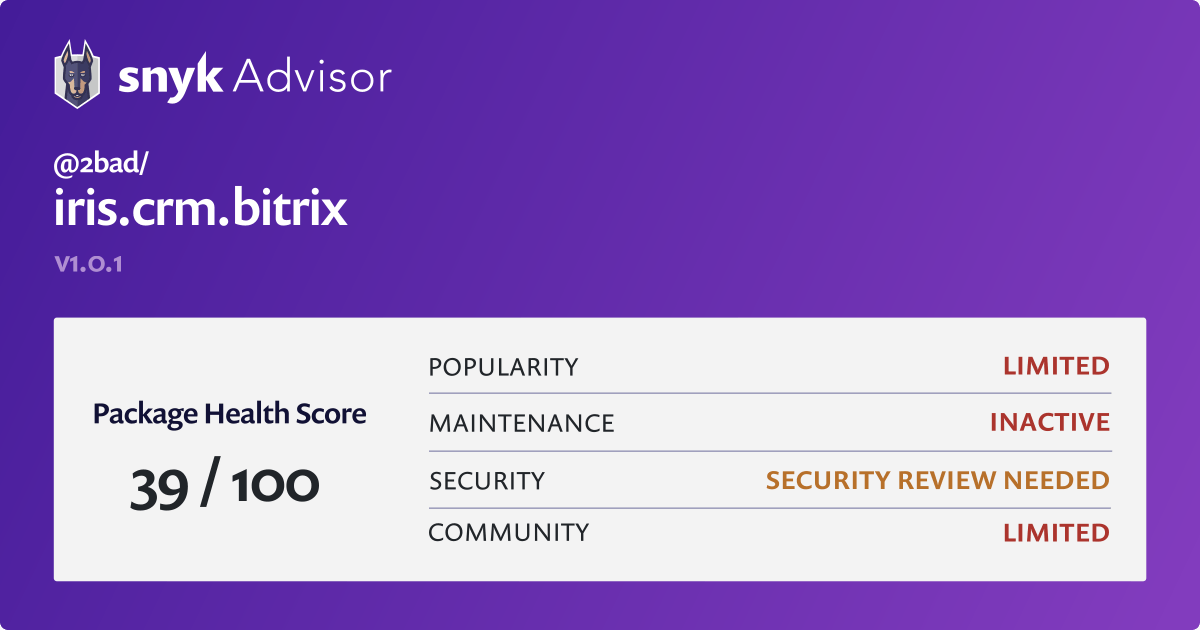
#Microsoft crm download fetch xml how to#
The following example shows how to use the countcolumn aggregate column with the distinct column to count distinct columns. ("Column count of all opportunities: " + aggregate3) Int32 aggregate3 = (Int32)((AliasedValue)c).Value String opportunity_colcount = opportunity_colcount_result = _serviceProxy.RetrieveMultiple(new FetchExpression(opportunity_colcount)) įoreach (var c in opportunity_colcount_result.Entities) SELECT COUNT(name) AS opportunity_count. FetchXML opportunity_colcount Aggregate 3 The following example shows how to use the countcolumn aggregate column to count columns. ("Count of all opportunities: " + aggregate2) Int32 aggregate2 = (Int32)((AliasedValue)c).Value String opportunity_count = opportunity_count_result = _serviceProxy.RetrieveMultiple(new FetchExpression(opportunity_count)) įoreach (var c in opportunity_count_result.Entities) FetchXML opportunity_count Aggregate 2 The following example shows how to use the count aggregate column. In the following example, with the following data, the average for Account 1 (two entries) is shown as 250 whereas the average for Account 2 (two entries) is shown as 125. Null values are not considered when Dataverse computes the average of data.

Limitation with null values while computing average ("Average estimated value: " + aggregate1) String estimatedvalue_avg = estimatedvalue_avg_result = _serviceProxy.RetrieveMultiple(new FetchExpression(estimatedvalue_avg)) įoreach (var c in estimatedvalue_avg_result.Entities)ĭecimal aggregate1 = ((Money)((AliasedValue)c).Value).Value SELECT AVG(estimatedvalue) AS estimatedvalue_avg. Fetch the average of estimatedvalue for all opportunities. The following example shows how to use the avg aggregate column. The data retrieved will be from a snapshot within the last 24 hours. If you want to get a total count of records with no filter, use the RetrieveTotalRecordCount message with either the Web API RetrieveTotalRecordCount Function or with the Organization service RetrieveTotalRecordCountRequest message class. Then run you query multiple times and combine the results. To avoid this error add appropriate filters to your query to ensure that it will not need to evaluate more than 50,000 records. Cannot perform this operation.Ĭlient error message: The maximum record limit is exceeded. Platform error message: AggregateQueryRecordLimit exceeded. If the filter criteria in your query includes more than 50,000 records you will get the following error: This limit helps maintain system performance and reliability. Queries that return aggregate values are limited to 50,000 records. The following example shows the results of a query when the alias variable is set to account_count. The following example shows the format of the result of an aggregate query. The alias value is used as the tag identifier for the aggregate result. The result of a query with an aggregate column is different from the results of a standard query. The following example shows a simple aggregate column in FetchXML. You must also specify the type of aggregation you want to perform. To create an aggregate column (attribute), set the keyword aggregate to true, then specify a valid entity name, attribute name, and alias (variable name).


The following aggregate functions are supported: In Microsoft Dataverse, FetchXML includes grouping and aggregation features that let you calculate sum, average min, max and count. table? See Developers: Understand terminology in Microsoft Dataverse.


 0 kommentar(er)
0 kommentar(er)
